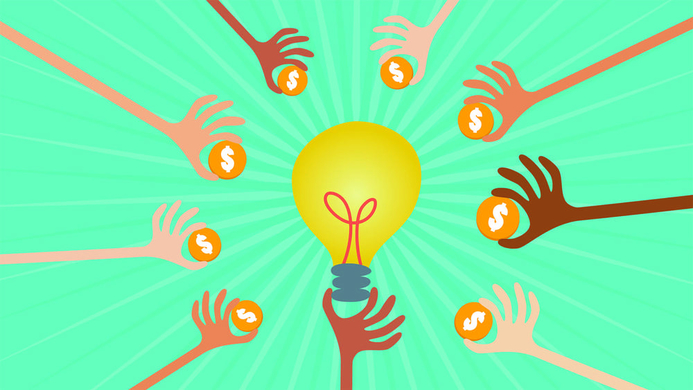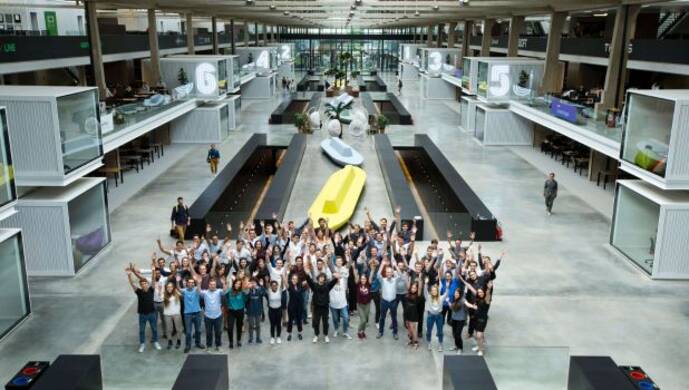Kickstarter and other crowdfunding sites have the reputation of helping to democratize product innovation by helping small entrepreneurs, who otherwise may have difficulty accessing funding, find their markets. Crowdfunding can theoretically erase geographic, social and economic boundaries to product innovation. But first “the crowd” — individual investors contributing relatively small amounts — must like your idea. Yang and her coauthors studied Kickstarter investor behavior to see if investors really value innovation.
Democratizing innovation?
“We wanted to see how people respond to innovation,” Yang said of her study. “Crowdfunding platforms are an especially good source to see how people support innovation.” These platforms aid small entrepreneurs, who may not have access to venture capital, by connecting creators directly with potential backers. At the same time, crowdfunding platforms allow entrepreneurs to circumvent banks and other risk-averse traditional lenders. After choosing to focus on Kickstarter, the best-known crowdfunding platform in the US, Yang and her coauthors parsed product descriptions and video content. Using a traditional definition of “innovative” as something that is both “novel” and “useful,” the team studied more than 50,000 Kickstarter projects for the use of these two terms and their synonyms.
These findings are both startling and disappointing because novelty and usefulness are the two fundamental elements to innovation.
Novelty and usefulness not seen as synergistic
What they found surprised them. A single claim of novelty increased project funding by 200 percent, while a single claim of usefulness increased project funding by 1,200 percent. However, claiming that a product was both novel and useful reduced the total amount pledged by 26 percent. These findings imply that the crowd prizes aspects of innovation individually, though it values usefulness more than novelty, and does not see novelty and usefulness as synergistic. According to Yang, “These findings are both startling and disappointing because novelty and usefulness are the two fundamental elements to innovation.”
Backers balk at lack of certainty
The researchers theorize that the uncertain nature of crowdfunding and of Kickstarter’s rules in particular may play a role. Backers typically receive the product in exchange for their support, but compared to the usual consumer purchase, consumer protection laws do not come into play and backers are not guaranteed the receipt of the product. As Yang notes, Kickstarter is an all-or-nothing prospect; if projects do not meet their predetermined funding goal, they receive no funds (if you ask for $100 but get only $99, you receive $0). Therefore, among the many uncertainties of a crowdfunded project, first of all, the project might not get funded at all. Then, even if the funding goal is achieved, problems during development may lead to delays, product specifications may change, or the project may fail completely. A recent study found that more than 75 percent of funded Kickstarter projects are either delayed or failed.
“We speculate that the higher level of uncertainty in the crowdfunding context is what pushes backers to choose modest innovations and shy away from more extreme innovations, i.e., innovations that are high on both novelty and usefulness,” Yang explains. Claims of both novelty and usefulness may lead backers to assume that a product’s benefits are inflated and that the project has a high risk of failure.








